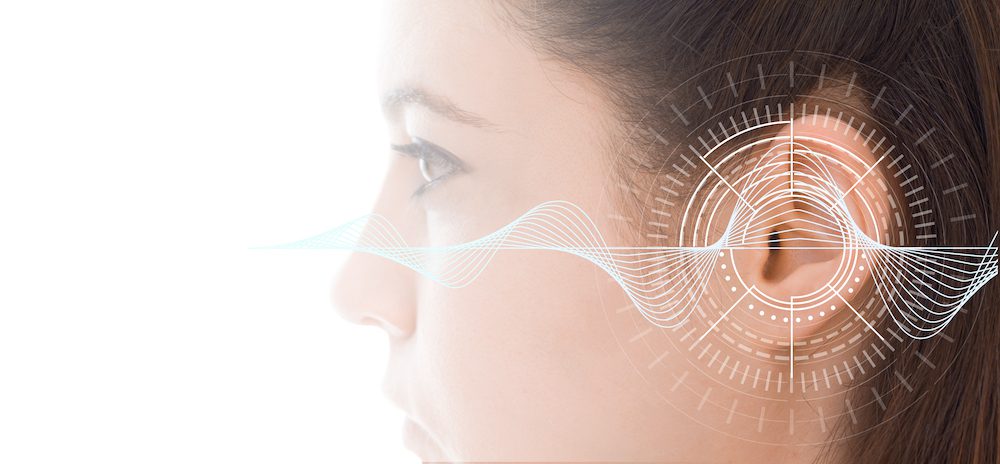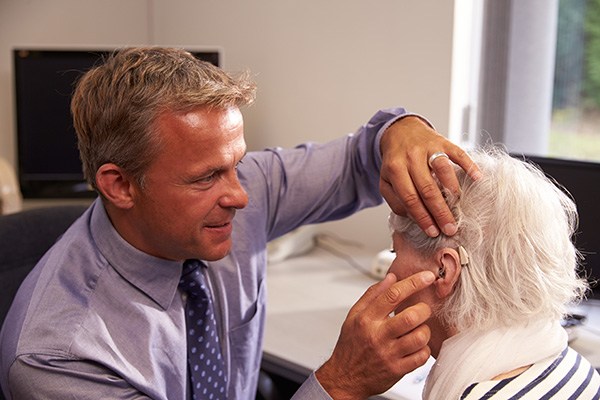How Hot Weather Can Affect Your Hearing Aids
Have you ever wondered how the hot summer heat might affect your hearing


Have you ever wondered how the hot summer heat might affect your hearing

Spring is a time of blooming flowers and chirping birds, but for many, it

Hearing health technology is always on the move. Just as smartphones and